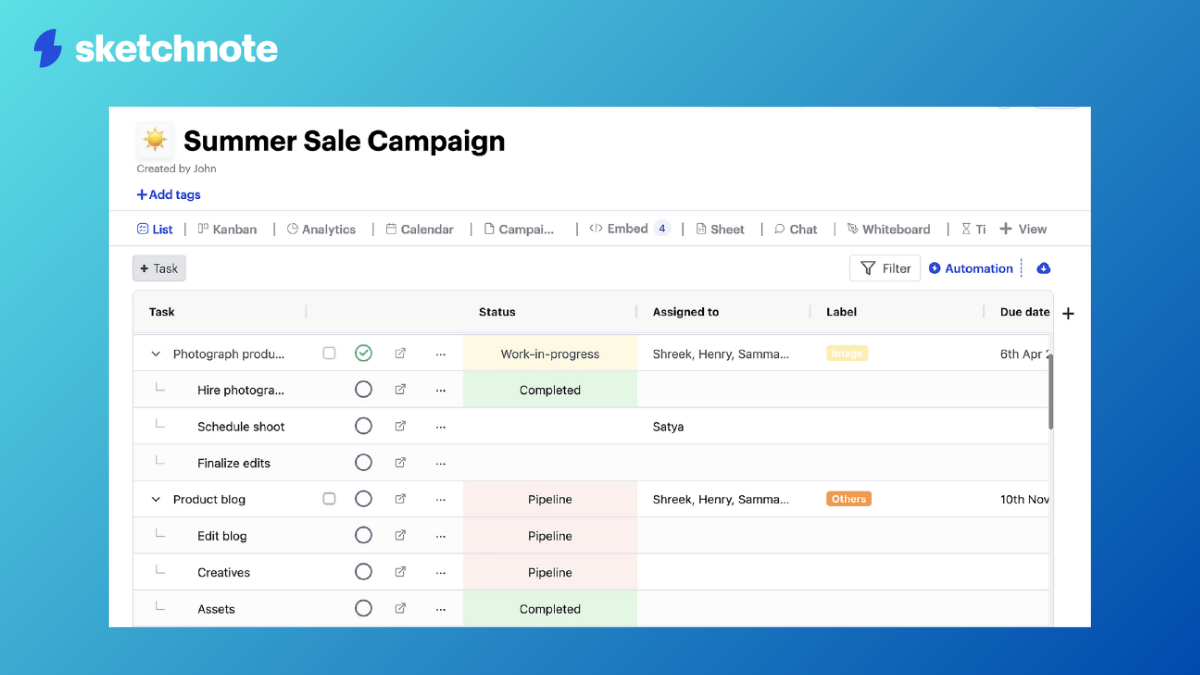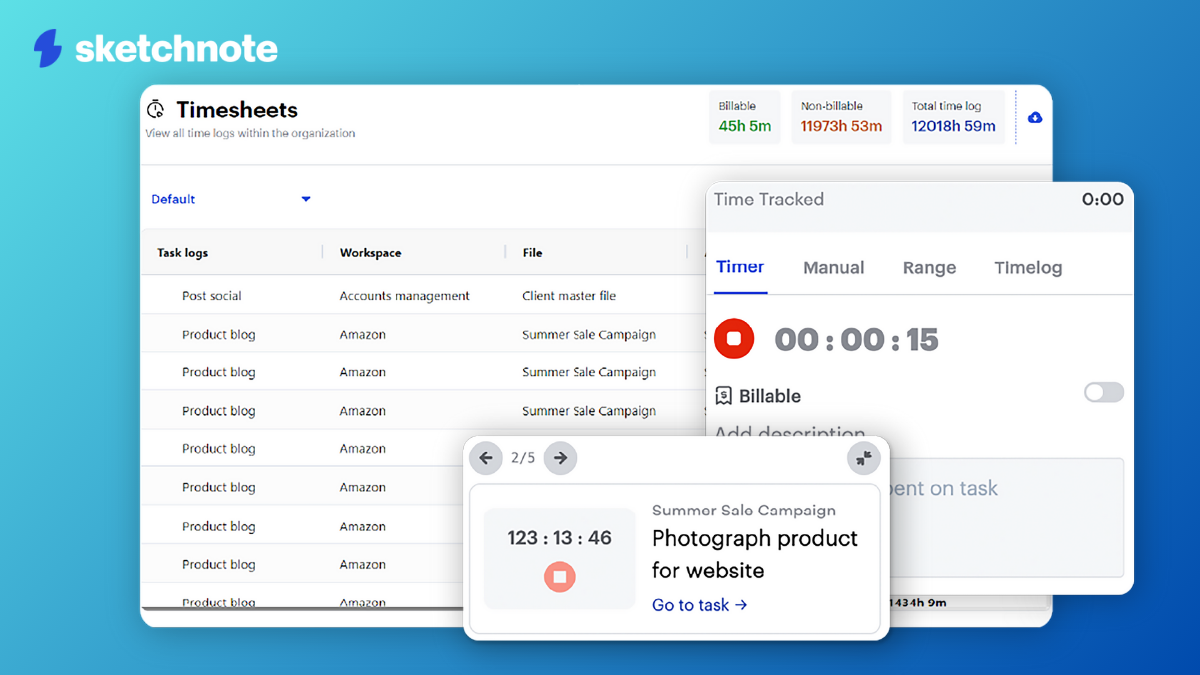In the increasingly complex landscape of remote work, you are likely well-acquainted with the benefits and challenges of managing a distributed team. On one hand, remote work offers unparalleled flexibility and access to a global talent pool. On the other hand, it demands a unique set of skills and strategies to keep your team connected, productive, and motivated. As an agency professional, you know that effective remote team management is crucial to delivering high-quality results and staying ahead of the competition. In this article, we'll examine into the imperative tools and practical tips you need to overcome the challenges of remote team management and unlock the full potential of your agency.
Key Takeaways:
- Effective Communication is crucial for remote team management. Implementing the right communication tools, such as Slack or Microsoft Teams, can help maintain clear and consistent communication among team members.
- Utilize a Variety of Tools to manage remote teams, including project management tools like Asana or Trello, time tracking tools like Toggl or Harvest, collaboration tools like Google Workspace or Miro, and performance tracking tools like Hubstaff or Time Doctor. Or Sketchnote, that does pretty much all of these at once.
- Establish Clear Expectations and Goals, conduct regular check-ins and virtual meetings, and encourage work-life balance to foster a productive and collaborative remote work environment.
This article provides vital insights and actionable advice for agencies managing remote teams, highlighting the importance of effective communication, utilizing a range of tools, and establishing clear expectations and goals. By following these key takeaways, agencies can overcome common challenges and create a productive remote work environment that drives success.
The Remote Work Revolution
To understand the significance of remote team management, it's important to acknowledge the rapid shift towards remote work in recent years. The COVID-19 pandemic accelerated this trend, forcing many agencies to adapt to new ways of working. Today, remote work is no longer a novelty, but a necessity for businesses that want to stay competitive and attract top talent.
The Rise of Remote Teams in Agencies
With the increasing demand for flexibility and work-life balance, agencies have been at the forefront of embracing remote work. According to a Deloitte survey, over 80% organizations have implemented some form or another of remote work. This shift is driven by the need to access a broader talent pool, reduce costs, and improve employee satisfaction.
Benefits of Remote Work for Agencies
Agencies that adopt remote work can reap numerous benefits, including increased productivity, cost savings, and improved employee morale. By eliminating geographical constraints, agencies can attract and retain top talent from around the world, leading to a more diverse and skilled workforce.
Work flexibility is another significant advantage of remote work. With the ability to work from anywhere, employees can better manage their work-life balance, leading to reduced turnover rates and increased job satisfaction. Additionally, remote work allows agencies to reduce their carbon footprint, contributing to a more sustainable future.
Essential Tools for Remote Team Management
Now that you've got a solid understanding of the remote work landscape, it's time to examine the important tools that'll help you manage your remote team effectively.
Communication Tools: Slack, Microsoft Teams, and More
For seamless communication, you need tools that facilitate real-time conversations, file sharing, and collaboration. Slack and Microsoft Teams are popular choices, offering features like channels, direct messaging, and integrations with other tools. These platforms help you maintain clear and consistent communication, ensuring everyone is on the same page.
Management Tools: Asana, Trello, and Basecamp
Tools like Asana, Trello, and Basecamp help you organize tasks, track progress, and set deadlines. These platforms provide a visual representation of your projects, enabling you to assign tasks, set priorities, and monitor progress.
Essential to remote team management, project management tools ensure that tasks are completed efficiently and effectively. By centralizing your projects, you can identify bottlenecks, allocate resources, and make data-driven decisions.
Time Tracking and Productivity Tools: Harvest, Toggl, and RescueTime
Clear communication is crucial, but so is tracking time and productivity. Tools like Harvest, Toggl, and RescueTime help you monitor work hours, identify time-wasting activities, and optimize your team's workflow. This data enables you to make informed decisions about resource allocation, task assignment, and performance evaluation.
With time tracking and productivity tools, you can identify areas for improvement, set realistic goals, and create a culture of accountability within your remote team.
An All-In-One Agency Management Tool: Sketchnote
Or you can simply get a tool that does it all—Sketchnote. The platform offers a unified platform that seamlessly integrates social media management, ad analytics, and comprehensive agency management tools. Sketchnote's robust communication features ensure that team members stay connected, while the intuitive project management interface allows for effortless task tracking and collaboration. With built-in performance metrics and analytics, managers can easily monitor progress and optimize workflows.
Sketchnote not only bridges the gap between remote team members but also enhances overall efficiency, making it the perfect solution for agencies navigating the complexities of remote work.

Building a Strong Remote Team Culture
Despite the physical distance, building a strong remote team culture is crucial for the success of your agency. A positive and inclusive culture can boost morale, increase productivity, and reduce turnover rates. So, how can you create a sense of community and belonging among your remote team members?
Establishing Trust and Transparency
Transparency is key to building trust within your remote team. Be open and honest about your goals, expectations, and challenges. Share company updates, financial reports, and other relevant information to keep your team informed and engaged. This will help build trust and foster a sense of ownership among team members.
Fostering Open Communication and Feedback
Feedback is crucial for growth and improvement. Encourage your team members to share their thoughts, ideas, and concerns through regular check-ins, surveys, or anonymous feedback channels. This will help you identify areas for improvement and make data-driven decisions.
Remote teams require intentional communication to avoid misunderstandings and miscommunications. Set clear expectations for response times, communication channels, and meeting schedules to ensure everyone is on the same page. Regularly scheduled virtual meetings can also help to facilitate open communication and feedback.
Encouraging Team Bonding and Socialization
Strong bonds between team members are crucial for a positive and productive remote work environment. Organize virtual social events, such as virtual happy hours, team lunches, or celebrations, to encourage team bonding and socialization. These events can help build relationships, foster a sense of community, and reduce feelings of isolation.
Building a sense of community among your remote team members requires creativity and intentionality. Consider creating virtual volunteer opportunities, team challenges, or mentorship programs to encourage collaboration and socialization. By doing so, you can create a sense of belonging and connection among your team members, even when they're not physically present.
Effective Communication Strategies
Many agencies struggle with communication when managing remote teams, but it's crucial to get it right. Effective communication is the backbone of any successful team, and it's even more critical when team members are not physically present.
Regular Virtual Meetings and Check-Ins
Efficient communication starts with regular virtual meetings and check-ins. This helps to ensure everyone is on the same page, and any issues or concerns are addressed promptly. Schedule daily or weekly video calls to keep your team connected and informed.
Clear and Concise Written Communication
Clear communication is key to avoiding misunderstandings and ensuring tasks are completed efficiently. Make sure your written communication is concise, free of jargon, and easy to understand.
Understanding the importance of clear communication is crucial. When team members are remote, they can't rely on nonverbal cues or casual conversations to clarify tasks. That's why it's vital to be explicit and detailed in your written communication. Avoid using complex language or assuming prior knowledge, and always double-check that your message has been understood.
Using Video Conferencing for Face-to-Face Interaction
Effective communication is not just about conveying information; it's also about building relationships and trust. Video conferencing tools allow for face-to-face interaction, which helps to establish a sense of connection and community within your remote team.
Strategies for using video conferencing effectively include setting a regular schedule, encouraging active participation, and using virtual breakout rooms for smaller group discussions. By incorporating video conferencing into your communication strategy, you can foster a sense of camaraderie and collaboration, even when team members are physically apart.
Managing Remote Team Performance and Productivity
All remote teams face the challenge of maintaining high levels of performance and productivity, especially when team members are not physically present. As a manager, it's crucial to implement strategies that promote accountability, motivation, and open communication.
Setting Clear Goals and Objectives
Managing your remote team's performance starts with setting clear goals and objectives. This helps team members understand what's expected of them and focuses their efforts on achieving specific targets. Ensure that these goals are measurable, achievable, relevant, and time-bound (SMART) to facilitate progress tracking and evaluation.
Tracking Progress and Providing Feedback
For remote teams to stay on track, it's important to regularly track progress and provide constructive feedback. This helps identify areas of improvement, acknowledges achievements, and encourages team members to take ownership of their work.
Progress tracking involves monitoring task completion rates, deadlines, and quality of work. Regular check-ins, whether through video conferencing or written updates, enable you to provide timely feedback and make adjustments to workflows as needed. By doing so, you can prevent misunderstandings, boost morale, and maintain a sense of accountability within the team.
Addressing Performance Issues and Conflicts
Objectives may not always align with reality, and performance issues or conflicts can arise. It's crucial to address these promptly, fairly, and transparently to prevent them from escalating and affecting team morale.
A well-structured approach to addressing performance issues involves identifying the root cause, communicating concerns clearly, and working collaboratively to find solutions. By doing so, you can resolve conflicts efficiently, maintain trust, and reinforce your team's commitment to excellence.

Overcoming Common Remote Team Challenges
Not every day will be a smooth sailing when managing a remote team. You'll encounter challenges that can hinder productivity, morale, and overall success. But don't worry, you're not alone. Many agencies have faced similar issues and have come out on top. Here are some common remote team challenges and tips on how to overcome them:
Managing Time Zones and Schedules
The flexibility of remote work can sometimes lead to confusion when it comes to time zones and schedules. You might have team members working from different parts of the world, making it challenging to coordinate meetings and deadlines.
Use tools like World Time Buddy or TimeAndDate to keep track of time zones and schedule meetings accordingly. Set clear expectations on working hours and response times to avoid misunderstandings.
Dealing with Technical Issues and Downtime
Downtime due to technical issues can be frustrating and costly. Whether it's a slow internet connection or a software glitch, these issues can bring your team's productivity to a grinding halt.
Schedules can be severely impacted when technical issues arise. That's why it's crucial to have a backup plan in place, such as a secondary internet connection or a cloud-based storage system.
In addition, establish a clear protocol for reporting technical issues and have a dedicated IT support team or person to address these problems promptly. This will help minimize downtime and ensure your team can get back to work quickly.
Maintaining Data Security and Confidentiality
With remote teams, data security and confidentiality can be a significant concern. You need to ensure that sensitive information is protected from unauthorized access or breaches.
With the right tools and protocols in place, you can maintain data security and confidentiality. Use encryption software, secure file-sharing platforms, and implement strong password policies to safeguard your data.
For instance, use two-factor authentication to add an extra layer of security when accessing sensitive information. Regularly conduct security audits and provide training to your team members on data security best practices to prevent breaches.
Conclusion
From above, you've learned the ins and outs of managing remote teams, from understanding the remote work landscape to overcoming common challenges. From communication, to project management—and of course, Sketchnote, that does all of agency management in one place—you now have a comprehensive toolkit to enhance your agency's remote work environment.
Note, effective remote team management is not just about using the right tools, but also about fostering a culture of trust, communication, and collaboration. By implementing these strategies and leveraging the right tools, you'll be well on your way to unlocking the full potential of your remote team. So, take the first step today and start building a more productive, efficient, and successful remote team.



